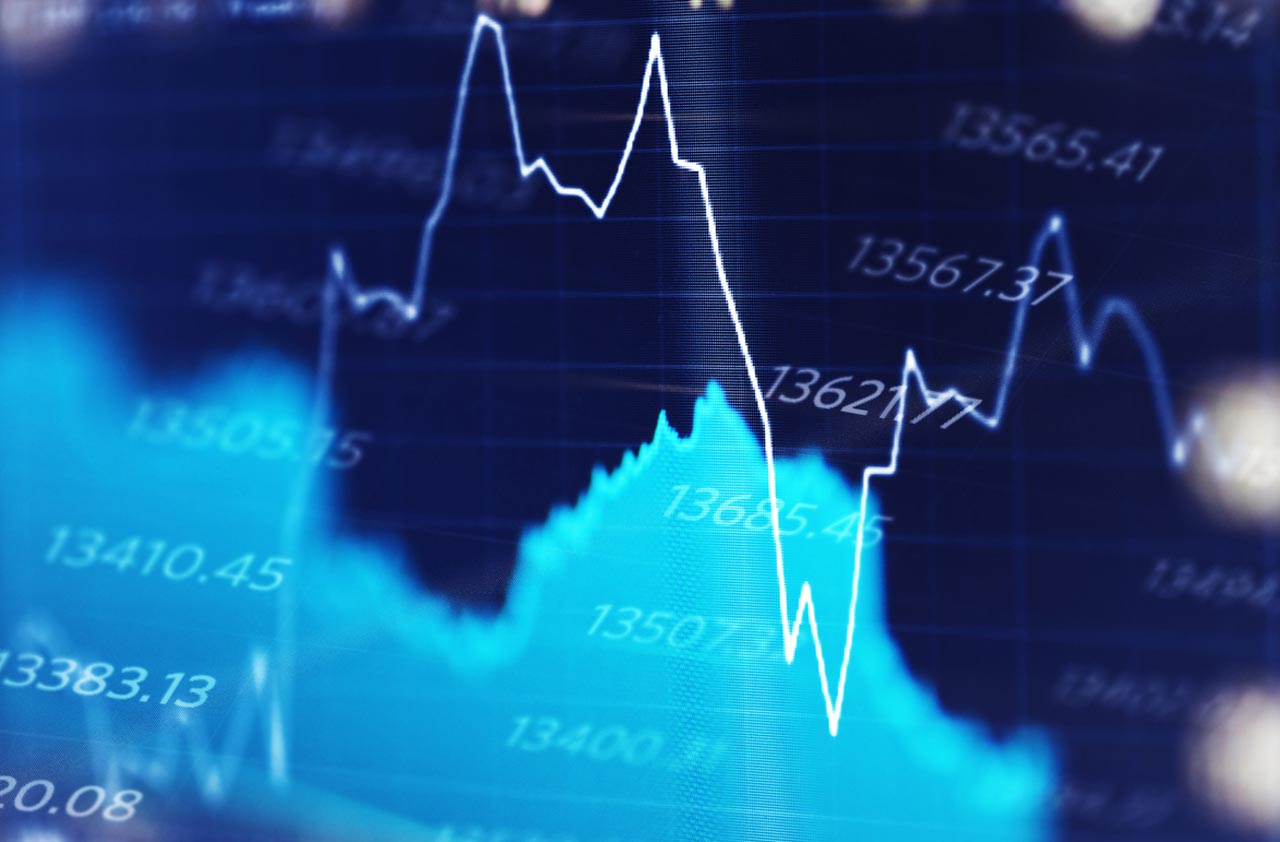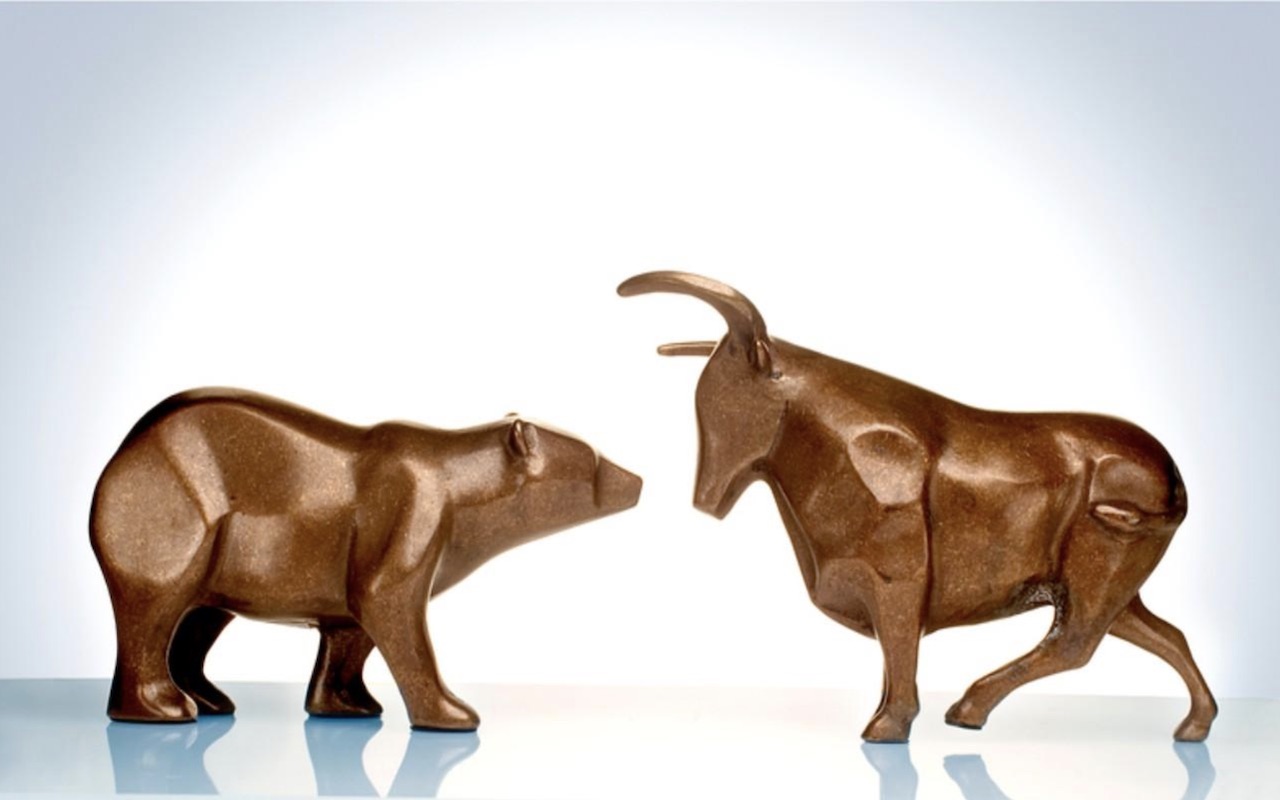Investors, How Much Risk Can You Stand?
If you are taking on more risk than you can emotionally tolerate, you’ll hit the panic button and sell at the worst possible time.


The investing world is full of unknowns these days. We’re grappling with a new—and very different—administration in Washington, along with more-familiar concerns about the economy, corporate earnings and geopolitical developments. The only certainty is that volatility will escalate, so be prepared for a few gut checks as the market zigs and zags. Knowing more about your tolerance for risk can help you design a portfolio that will ensure you can meet your goals without losing sleep.
But recognize that such de-risking comes with the trade-off of diminished rewards. Maybe you’ll have to retire at age 67 instead of 65, or maybe you’ll decide to spend less and save more. Conversely, you might have an appetite for adventure when it comes to investing, but if you are only a year or two from retirement (or some other goal), then your capacity for risk taking with the assets required to meet that goal is virtually zero.
Nature, not nurture. One misconception about risk tolerance is that it varies with whatever is going on in the market. In fact, the psychological aspect of risk tolerance is just as much a part of your personality as, say, introversion or extroversion. Risk tolerance remains remarkably stable during market gyrations and throughout one’s lifetime (although major life events, such as marriage or the birth of children, can change your appetite for risk). Interestingly, risk tolerance is not necessarily consistent in all aspects of one’s life: You could be a stock market ninny who skydives or a gambler who likes to hug the right lane and drive just below the speed limit.
From just $107.88 $24.99 for Kiplinger Personal Finance
Become a smarter, better informed investor. Subscribe from just $107.88 $24.99, plus get up to 4 Special Issues

Sign up for Kiplinger’s Free Newsletters
Profit and prosper with the best of expert advice on investing, taxes, retirement, personal finance and more - straight to your e-mail.
Profit and prosper with the best of expert advice - straight to your e-mail.
What can change with the market is your perception of risk, which wanes in boom times and waxes as markets head south. In other words, whatever your tolerance might be, a turbulent market can make you overestimate the level of risk. The best way to avoid any rash decisions is to maintain a well-diversified portfolio, which tends to smooth out returns over time, and to think long term. Don’t obsess over your account balances, and turn off TV financial commentators if they spook you.
The good news is that for many investors, extreme risk taking or risk avoidance is on the way out, according to 401(k) plan data from Fidelity Investments. Fifteen years ago, some 45% of savers had either 100% or 0% of assets invested in stocks. Now, only 12% of accounts are at those extremes, thanks in part to the advent of target-date funds, which automatically diversify holdings across assets that are appropriate for a specified time horizon.
Profit and prosper with the best of Kiplinger's advice on investing, taxes, retirement, personal finance and much more. Delivered daily. Enter your email in the box and click Sign Me Up.

Anne Kates Smith brings Wall Street to Main Street, with decades of experience covering investments and personal finance for real people trying to navigate fast-changing markets, preserve financial security or plan for the future. She oversees the magazine's investing coverage, authors Kiplinger’s biannual stock-market outlooks and writes the "Your Mind and Your Money" column, a take on behavioral finance and how investors can get out of their own way. Smith began her journalism career as a writer and columnist for USA Today. Prior to joining Kiplinger, she was a senior editor at U.S. News & World Report and a contributing columnist for TheStreet. Smith is a graduate of St. John's College in Annapolis, Md., the third-oldest college in America.
-
 Should You Renew Your CD?
Should You Renew Your CD?With rate cuts impacting earnings, we examine if now is a wise time to renew CDs.
-
 7 Ways to Plan Now to Save on Medicare IRMAA Surcharges Later
7 Ways to Plan Now to Save on Medicare IRMAA Surcharges LaterUnderstand the critical two-year lookback period and why aggressive planning before you enroll in Medicare is the most effective way to minimize IRMAA.
-
 Law Reversal Looming? Trump Eyes 2026 Gambling Winnings Tax Change
Law Reversal Looming? Trump Eyes 2026 Gambling Winnings Tax ChangeTax Deductions It's no secret that the IRS is coming after your gambling winnings in 2026. But how long will that last?
-
 How I'm Going to Invest My Mega Millions Lottery Jackpot
How I'm Going to Invest My Mega Millions Lottery JackpotThe odds of winning the Mega Millions lottery are effectively zero, but here's how I'm investing my fortune should I hit the jackpot.
-
 Four Random Facts and Thoughts About Warren Buffett
Four Random Facts and Thoughts About Warren BuffettIf I love Warren Buffett so much why don't I just marry him?
-
 Investing in Gold Is Dumb
Investing in Gold Is DumbStocks are better than gold for both generating wealth and offering protection against inflation.
-
 What's So Scary About a Mega-Cap Tech Bull Market?
What's So Scary About a Mega-Cap Tech Bull Market?Bears say the market can't keep rallying when only five mega-cap tech stocks are driving returns, but history suggests otherwise.
-
 We Are Not in a Bull Market
We Are Not in a Bull MarketIt takes more than a 20% gain off the low to proclaim the beginning of a new bull market.
-
 Why I Don't Buy Stocks
Why I Don't Buy StocksIt's nearly impossible to beat the market – but it is cheap and easy to match it.
-
 Amy Domini on the Secrets of Sustainable Investing
Amy Domini on the Secrets of Sustainable InvestingESG An ESG pioneer says finding good corporate citizens is the best way to make money.
-
 Bitcoin Halving: What Does It Mean for Investors?
Bitcoin Halving: What Does It Mean for Investors?Technology 'Mining' for this cryptocurrency just became a lot more expensive